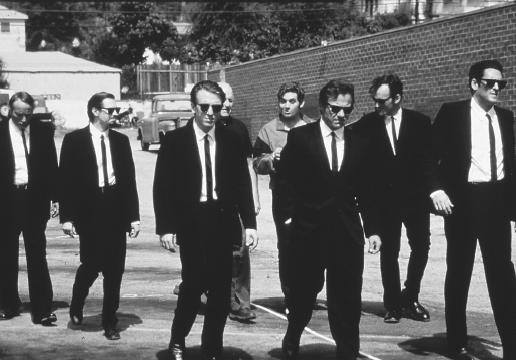
Quentin Tarantino was a high school dropout working at a movie rental store that became one of the most influential directors. Reservoir Dogs (1992) was Tarantino’s first film. His new take on the heist movie is totally cool. He was the first to use such an extreme amount of gore and obscene language that brought back the idea of an adult movie (R rated). This amount of gore paved the way for many horror films such as Hostel, the Saw series, and Texas Chainsaw Massacre. Tarantino also uses the non-linear fractured time line in Reservoir Dogs to add interest and mystery. The fractured time line is rare, but can now be seen in films like Seven Pounds and Following. Tarantino also focuses on long seemingly pointless conversations away from the action in order to further develop characters. All of these characteristics allowed Tarantino to successfully change the idea behind crime/action movies while creating an incredibly cool movie at the same time.

It’s hard to think of any directors that are a cool as Tarantino because no one has combined all of these elements to create such a revolutionary film. One film that was obviously influenced by this new idea of the crime/action movie is Burn After Reading (2008) written and directed by the Coen brothers. Although Burn After Reading focuses more blatantly on the comedic, it includes a lot of the pointless conversations that help to develop characters and almost every major character is dead by the end of the film. Many of the characters are killed as a result of misunderstanding and they do not know something that the audience does in the same way that Mr. White is killed because he doesn’t realize that Mr. Orange is the rat. It is also similar in the extreme amount of obscene language and includes a lot of lewd subject matter that is not necessarily related to the plot. Although Burn After Reading is pretty cool, the one element that this movie is lacking is the fractured plot line so it lacks some of the mystery.




 At first glance,
At first glance,




